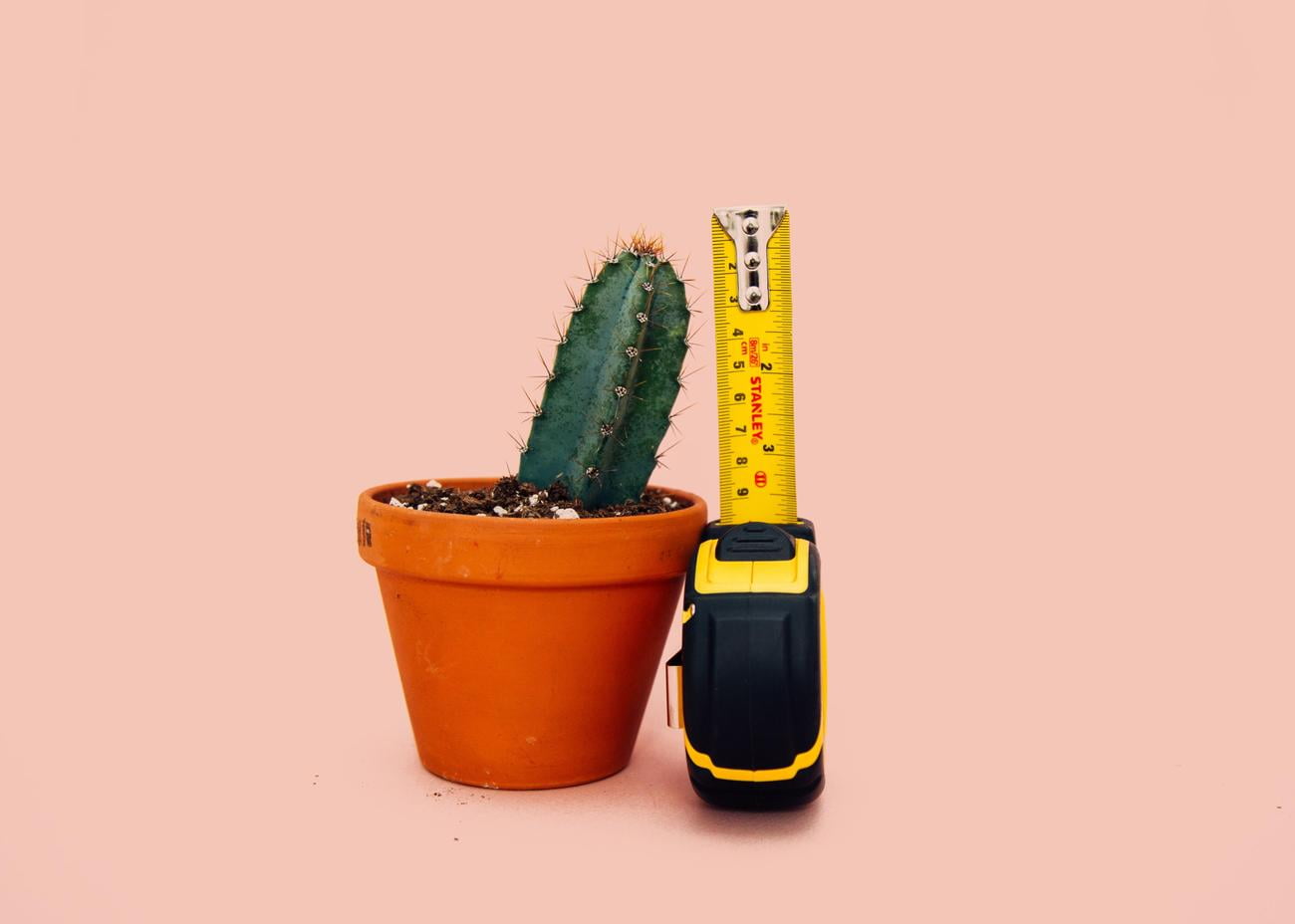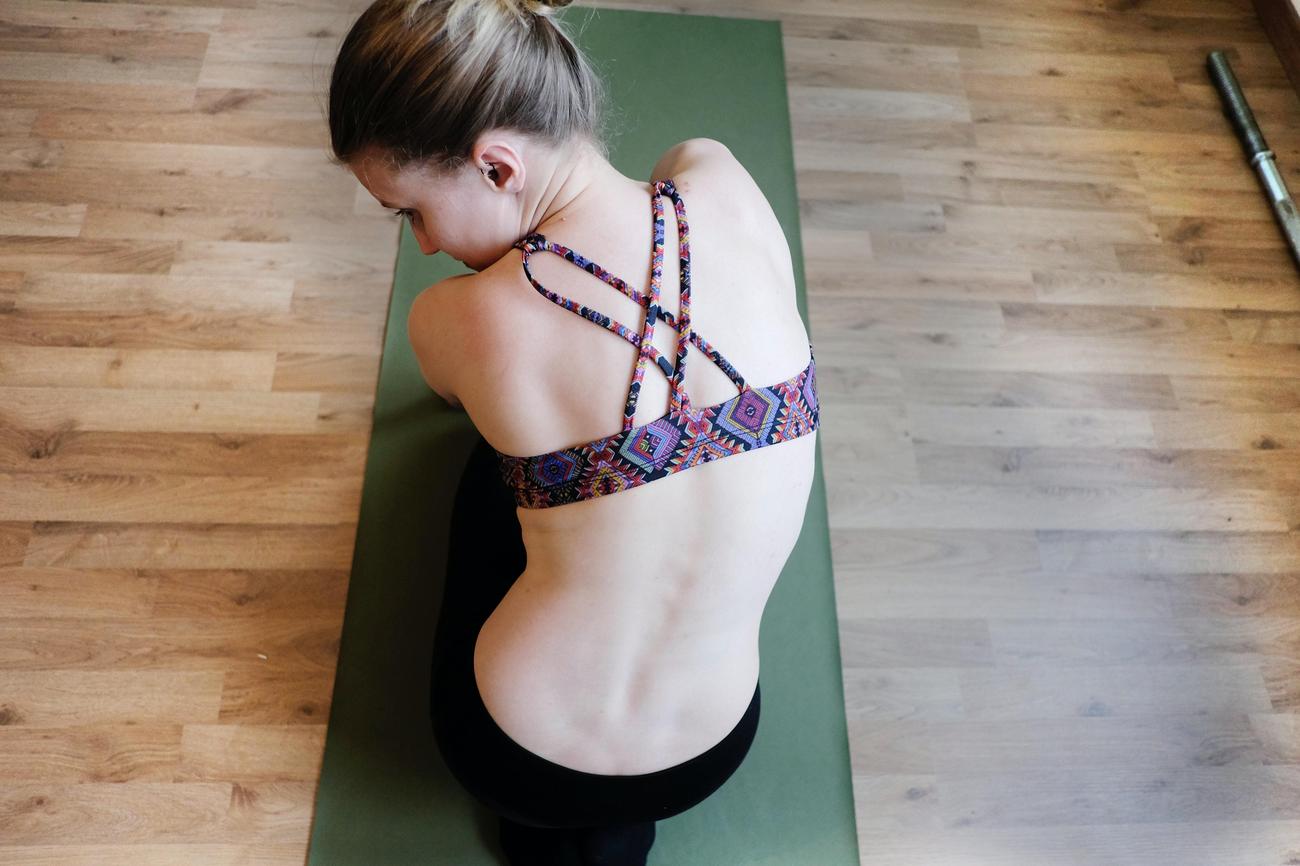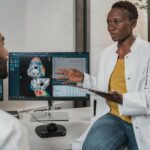Get ready to dive into the captivating realm of spinal curvatures! In this article, we will embark on a journey through the complexities of these intriguing conditions, exploring their causes, treatments, and cutting-edge advancements. As an experienced medical writer and researcher specializing in orthopedics, I bring a wealth of knowledge and passion to unravel the mysteries surrounding spinal curvatures. With my deep understanding of human anatomy and physiology, fueled by a PhD in Orthopedic Medicine and extensive clinical experience, I am eager to share with you the fascinating world of spinal curvatures. Hold on tight as we unravel the enigmatic secrets that lie beneath the surface!

Fascinating Spinal Curvatures
Uneven shoulders, an uneven waist, a jutting rib cage, and a prominent back when bending forward – these are just a few of the signs that point towards spinal curvatures. The world of spinal curvatures is indeed fascinating. There are various types of spinal curvatures, each with its own unique characteristics and impact on an individual’s life.
One well-known type of spinal curvature is scoliosis, which involves a sideways curvature of the spine. This condition can cause visible changes in posture, such as uneven shoulders and hips. The causes of spinal curvature disorders, including scoliosis, can vary. Lordosis is an inward curvature of the lower back, while kyphosis is an outward curvature of the upper back. Understanding these conditions is crucial in order to provide appropriate treatment options and support for those affected.
It’s important to note that the human spine normally has three gentle curves. These curves help maintain balance and posture, allowing us to move freely and efficiently. The vertebrae in our spine play a vital role in maintaining these healthy curvatures and optimal biomechanics. Any disruption in these curves can lead to pain, discomfort, and potential complications.
“Spinal curvatures can affect posture and may cause pain or discomfort.”
When faced with spinal curvatures, seeking medical advice is essential. Proper diagnosis is the first step towards understanding the condition and determining the best course of action. X-rays and measurements of the spinal curvature can provide valuable insight into the severity and progression of the condition. With this information, healthcare professionals can develop a tailored treatment plan that addresses the unique needs of the individual.
“It is important to seek medical advice for spinal curvatures to determine the best treatment plan.”
Treatment options for spinal curvatures can vary depending on the specific condition and its severity. Physical therapy, for instance, can help strengthen and stretch the muscles around the spine. This can provide better support and alleviate pain. Bracing is another option that aims to prevent further progression of the curvature, particularly in adolescents with scoliosis. In more severe cases, surgery may be necessary to correct the curvature and stabilize the spine.
While managing and treating spinal curvatures is possible, it’s essential to recognize that the severity and progression of these conditions can differ for each individual. Regular check-ups with healthcare professionals are crucial to monitor the condition and adjust the treatment plan as needed.
“Spinal curvatures can be managed and treated, but the severity and progression vary for each individual.”
In conclusion, the world of spinal curvatures is fascinating and complex. Understanding the various types, causes, and treatment options is essential to provide the best care for individuals affected by these conditions. Seeking medical advice, considering treatment options like physical therapy, bracing, or surgery, and staying vigilant with regular check-ups are key steps in managing and treating spinal curvatures. By unraveling the mysteries behind spinal curvatures, we can empower individuals to live their lives to the fullest, free from the limitations imposed by these conditions.
Remember, spinal curvatures are unique and require individual attention. With proper care and support, those affected can navigate the challenges and revel in life’s wonders.
Spine Trivia Questions are waiting for you to test your knowledge! Whether you’re a spine enthusiast or simply curious about the workings of our skeletal system, this collection of trivia questions is guaranteed to challenge and entertain you. From the intricate anatomy of the vertebrae to the functions of the discs, each question will delve deeper into the fascinating world of the spine. So, why wait? Click here to embark on a spine-tingling journey of knowledge: Spine Trivia Questions.

FAQ
What are the common signs of spinal curvatures?
Some common signs of spinal curvatures include uneven shoulders, one shoulder blade appearing more prominent than the other, an uneven waist with one hip higher than the other, one side of the rib cage jutting forward, and a prominence on one side of the back when bending forward.
What are the different types of spinal curvature disorders?
The different types of spinal curvature disorders include lordosis, kyphosis, and scoliosis. Lordosis is an inward curvature of the spine, kyphosis is an excessive outward curvature of the upper back, and scoliosis is a sideways curvature of the spine.
How do spinal curvatures affect posture?
Spinal curvatures can affect posture by causing an imbalance in the alignment of the spine. This can result in uneven shoulders, an uneven waist, and a prominence on one side of the back. These changes in posture can affect the overall balance and appearance of the body.
How can spinal curvatures be diagnosed?
Spinal curvatures, particularly scoliosis, can be diagnosed through X-rays and measurements of the spinal curvature. X-rays provide a detailed image of the spine, allowing healthcare professionals to assess the degree and location of the curvature. Measurements of the spinal curvature, such as the Cobb angle, help determine the severity of the condition.
What are the treatment options for spinal curvatures?
Treatment options for spinal curvatures depend on the severity and progression of the condition. Mild cases may only require monitoring and periodic check-ups. Physical therapy, such as exercises to strengthen the core muscles and improve posture, can be beneficial. In some cases, bracing may be recommended to prevent further progression of the curvature. For severe or progressive curvatures, surgery may be necessary to correct the alignment of the spine and stabilize it. It is important to seek medical advice to determine the best treatment plan for each individual.
















